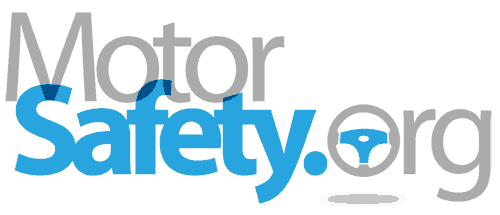Washington, D.C. – November 6, 2022 – Tesla (NASDAQ:TSLA) has been getting a lot of public attention lately because several of its electric cars caught fire. In most cases, this happened while driving and, apparently, without any warning signs, resulting in dangerous situations.
With all that in mind, it is no wonder drivers worry about Tesla electrical issues. In this article, we will go over the reported cases and assess the risks involved.
Is my Tesla likely to catch fire?
At this time, there is no evidence to suggest these electric vehicles (EVs) are more prone to spontaneous fires than any other cars. In fact, manufacturers such as Hyundai or Chrysler had much more trouble with this than Tesla.
However, recently, there has been a string of Tesla fires. It is not known if they are related or are part of a larger issue.
Recent Tesla fires
August saw five Tesla fires. First, a Tesla Model S Plaid burst into flames when its drive unit malfunctioned. The defect was detected by the vehicles’ onboard computers, which warned the driver to drive slowly. But this, however, did not seem to help, as the car caught fire just a few miles afterward.
In California, a Tesla Model S burst into flames while driving on the highway, with fire quickly spreading to nearby vegetation. The state also saw a case of a crash-damaged Tesla suddenly erupting in flames after sitting in a junkyard for three weeks.
Just a few days prior, a similar accident happened in Florida. Luckily, no one was severely injured on these occasions.
A Tesla also caught fire at a store in Massachusetts.
Risks
Although not all fires are caused by Teslas’ battery packs, high-voltage modules that Teslas and other electrical cars have are extremely difficult to put out. There are reports about firefighters tackling the flaming batteries for hours, as they would re-ignite several times. Besides being difficult to put out, these flames also reach much higher temperatures. All of this poses an additional risk if the vehicle fire happens near other cars or inside a building.
What to do if my Tesla does burst into flames?
While there is nothing to suggest your Tesla might catch fire, familiarizing yourself with the location and operation of door levers may be useful. This is because in Tesla cars, doors are electrically opened from the inside at a push of a button. But if a fire breaks out, it may bring down the whole electrical system, making the doors inoperable. Because of this, Tesla vehicles also have conventional door levers, which occupants may use in an emergency to safely exit the vehicle.
You can also find more information about what to do if your car catches fire in this Kia fire-related recall.
Is your vehicle part of a recall?
At this moment, there are no Tesla fire issues or recalls. But to do a Tesla recall check and see what might be troubling your own electric car, use MotorSafety’s free vehicle lookup tool or see this article for an overview of recent ones.
